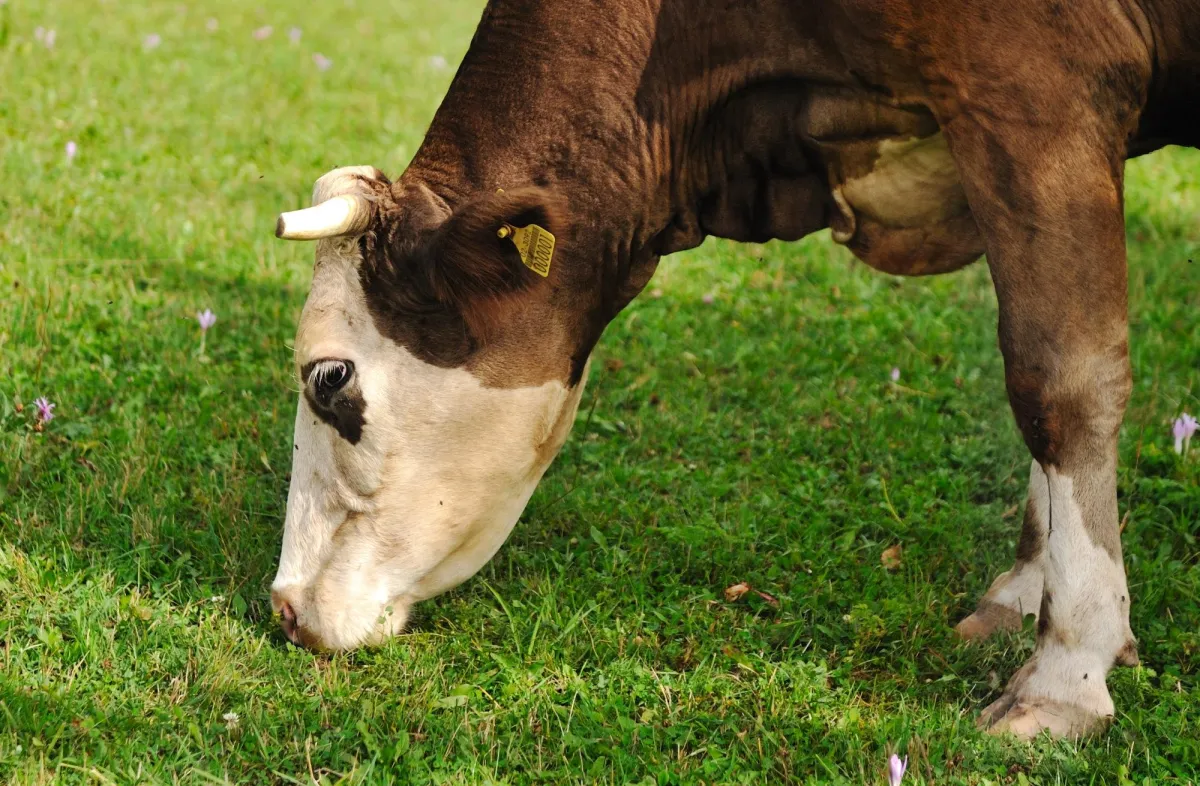
What do you do with your livestock when pasture runs out?
Feeding livestock through winter can be one of the biggest challenges for lifestyle farmers. Grass growth slows or stops altogether, and animals need extra energy just to stay warm. Planning ahead and providing the right mix of pasture, hay and supplements is essential to keep stock healthy until spring.
Why Winter Feeding Matters
Livestock use more energy in winter to maintain body temperature. When pasture growth slows and feed becomes scarce, animals may lose condition if they are not given enough to eat. Cold, wet, windy conditions increase energy demands even further.
Some animals are more vulnerable than others:
Young and growing animals
Pregnant or lactating stock
Elderly animals or those in poor condition
Fine-coated species such as goats and horses
Start with What’s in the Paddock
If you’ve planned ahead, autumn pasture can be rationed for winter. Use strip grazing or small break paddocks to control intake and avoid overgrazing. Pasture needs to be at least several centimetres long for cattle to graze effectively. Goats and cattle struggle on short pasture, unlike sheep and horses, which can graze close to the ground.
If pasture is running out, start feeding hay before animals lose condition.
Hay Is the Winter Staple
Hay is the go-to winter feed on most lifestyle blocks. A general rule is that animals need about 2 percent of their body weight in good quality hay daily.
For example:
A 250 kg beast or pony needs about 5 kg of hay each day
A 500 kg horse will need around 10 kg daily
Adjust amounts based on quality, condition loss, and weather conditions.
When Hay Isn’t Enough
In many cases, hay alone won’t meet the needs of higher-risk stock. Consider supplementing with concentrates, such as:
Pellets
Grain mixes
High-energy fibre feeds
These can be especially helpful for:
Pregnant or lactating animals
Stock that are losing weight
Horses in work
Animals recovering from illness or injury
Introduce new feeds slowly over one to three weeks, starting with small amounts and increasing gradually. Always provide roughage such as hay or straw when feeding grain or concentrates.
What About Balage
Balage can be a useful addition to the winter feed plan. It’s highly nutritious, palatable, and a more natural option than many commercial supplements. However, it’s not without its drawbacks. It’s often sold in large bales, which can be hard to manage on small blocks, especially with only a few animals. Once opened, balage begins to spoil, so it’s important to use it quickly to avoid waste and the risk of feeding spoiled material.
Watch for Signs of Underfeeding
Animals that are constantly grazing without resting may be underfed. Ruminants should be seen lying down and chewing their cud. Horses and ponies should spend time dozing, grooming or simply standing relaxed. Shivering, hollow flanks, and dull coats are all warning signs.
Don’t Forget Water
Water needs are just as important in winter, especially when feeding dry forages. Animals need free access to clean water at all times. Check troughs daily to ensure they are not frozen or fouled, particularly after frosty nights.
Plan Now for Next Year
Winter feeding works best when you start planning in late summer or early autumn. Aim to build up pasture reserves and stock up on hay before prices rise. Consider using pasture measurement tools or seeking advice on feed budgeting.
Our Soil & Fertiliser and Pasture Management ebooks will help you to keep your pastures productive and healthy.

